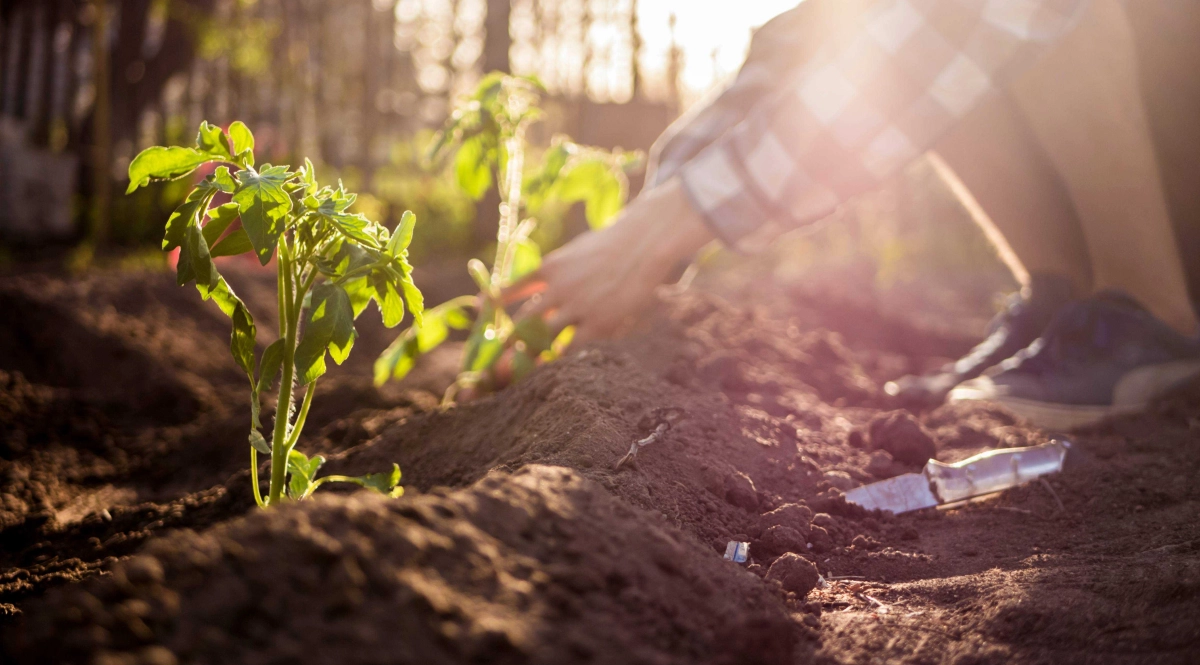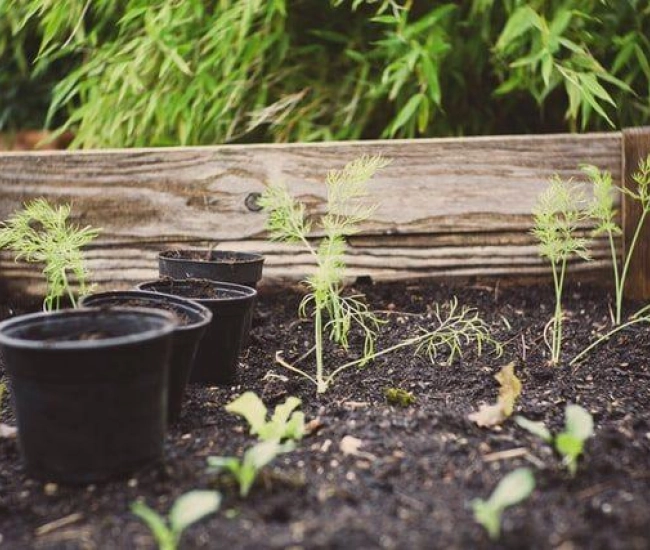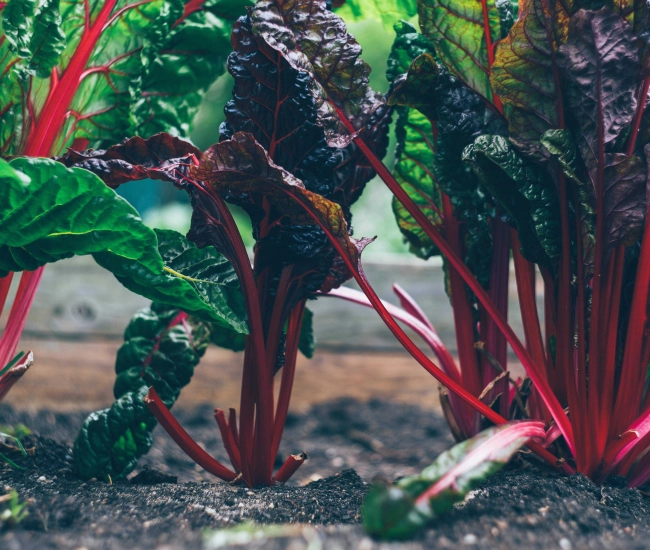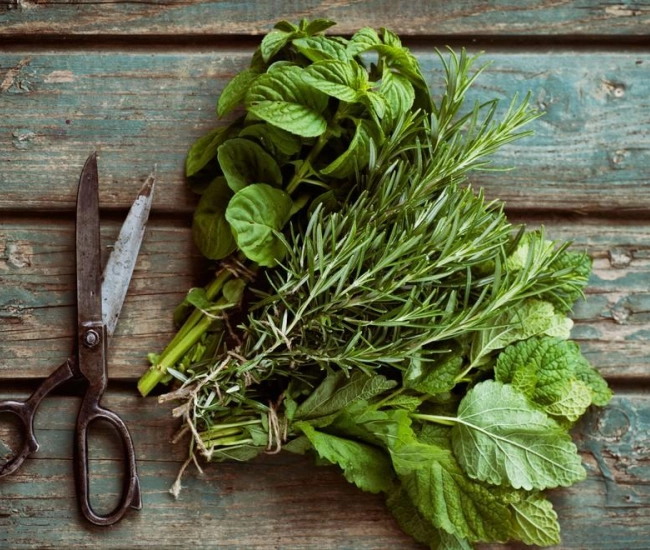
Preparing the Vegetable Garden: No More Digging, Goodbye Backache!
The snow is slowly disappearing, and you can see the soil of your vegetable garden emerging. Finally, spring! However, a little anxiety grips you. Once again, you'll have to take up the spade or digging fork to turn the soil. Your back is already pleading for mercy! Don't panic! We have some very good news for you. You no longer need to turn the soil! You heard right. No more exhausting digging! No more heavy overturning!
So, no more soil work at all? Not quite. Today, only light and superficial loosening is recommended. Why such a radical change? Here are some explanations.
Tillage, an Ancient... Harmful Practice
Ten to twelve thousand years ago, when the first humans started cultivating the land, they lived on uncultivated grounds. To transform the soil into arable land, they had to uproot the plants (often trees) that were there and make the soil more workable. To do this, they came up with the idea of turning the soil, as the buried part was often easier to work with than the surface (compacted by weather conditions). The practice of tillage persisted for millennia.
At the beginning of the 20th century, with the advent of modern agriculture and its failures, as well as new research in eco-agronomy, it was realized that the upper part of the soil contains a vast amount of life. The top 20 centimeters of soil are home to a microfauna and microflora with very intense activity. There are billions upon billions of microbes, algae, fungi, bacteria, etc. By observing the life cycle of forests, it was found that this soil layer is actually the richest and most fertile part of the entire ecosystem (it’s the zone where the famous mycorrhizae can be observed).
In light of these findings, specialists concluded that by turning the soil, the productive part (a significant portion of whose inhabitants need air to live) was being buried, and a much less rich part of the soil was being brought up. To compensate, large amounts of fertilizers had to be added. The global production of compost and natural fertilizers not being sufficient, there was a need to turn to synthetic fertilizers... and the well-known problems they cause today.
Tips and advice



